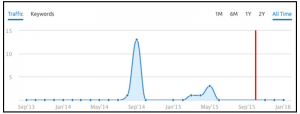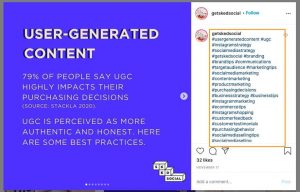By Ophir Ronen
Across every industry, from energy to manufacturing, to aerospace, there are problems so deeply entrenched that they seem insurmountable. In almost all cases, leaders, consultants, and task teams spend years and enormous budgets to tackle these challenges, too often to no avail. The result: At a certain point, people just give up, and these entrenched problems become accepted as an unfortunate reality. “That’s the way we always do it” becomes “That’s just how it is.”
Given the significant resources devoted to solving these problems, we must ask ourselves if the approach works. At CalmWave, we are tackling a deeply entrenched problem in healthcare, and I believe the patterns we are applying, learned in enterprise IT operations, is broadly applicable.
Differentiate the signal from the noise
If you have spent any time in an intensive care unit (ICU), you remember the incessant, nerve-wracking alarms. Like most people, you probably wondered how the critical care staff could tell the alarms apart—how to differentiate the signal from the noise. You probably also wondered, with great concern, how critically ill patients in the ICU ever get a moment of rest. And you would be right in wondering both of these things.
This cacophony of noise is known as “alarm fatigue.” This phenomenon is experienced by healthcare providers, especially those working in ICUs and other critical care settings, who become desensitized or overwhelmed by the sheer number of alarms and alerts generated by medical devices and monitoring systems.
This alarm fatigue problem isn’t new. This began all the way back with the first bedside vital signs monitors in the 1950s, and over the decades, smart people have tried and failed to solve this pernicious problem.
An outside perspective
I am not a hospital executive or healthcare veteran. I happened upon the clinical alarm fatigue problem serendipitously. At the height of the pandemic, I took a sabbatical from my company, PagerDuty, and joined my local county’s search and rescue team as my way of fulfilling my civic duty responsibility.
Search and rescue training is intense and generally done in the worst possible conditions (winter) to prepare volunteers for the role’s demands. When you are on a mission and heading to a rescue, there are some similarities to going on a hike. Typically, you are heavily loaded with equipment and trying to cover as much ground as possible, but there are still opportunities to talk with your teammates.
During one of these missions, clinicians on the team told me about ICU alarm fatigue. I learned that it has harmful and sometimes dire consequences for patients, but it is also a significant factor in clinician burnout and contributes to the highly stressful work environment. With an existing nursing shortage—nurses are leaving the industry in droves—it was unfathomable to me that clinicians and patients are forced to endure a noisy and stressful environment in places intended for rest and recovery.
Direct experience elsewhere matters
I was an outsider to this problem, but an outsider with direct and relevant experience with alarm fatigue. I’d seen this pattern before, and most importantly, had solved the problem at scale in enterprise IT operations for Fortune 100 companies. I had the exact expertise necessary to build creative and battle-tested solutions to solve this problem. And as an outsider, I had an open mindset, free of preconceived ideas of what was possible.
Spoiler alert: At CalmWave, we solved the entrenched problem of alarm fatigue in ICUs using transparent AI, our counterpoint to generative AI. We capture, analyze, and synthesize real-time data from dozens of data sources (vital signs monitors, interventions, medications, labs, orders, and other electronic health records) to empower hospitals with the intelligence critical to solve the alarm fatigue problem, improve patient outcomes, optimize operations, and retain nursing staff. We start by resolving the scourge of non-actionable alarms and use that wealth of signal data to identify crucial insights into patient acuity and staff retention.
Had we approached this profoundly entrenched problem from the traditional lens, a clinical or medical industry lens, we likely would have proven unsuccessful, like many of our predecessors (the majority of whom are established, well-known, and highly resourced industry behemoths). However, blending a unique and diverse approach and using knowledge from multiple domains allowed us to leverage the power of synergy to form a new, broader perspective, thus empowering our mission of innovation-driven change.
The lessons from our story are universally applicable. They highlight the importance of cross-domain collaboration, teamwork, and utilizing the Zen practice of beginner’s mind, to drive innovation and change. This approach to solving challenging problems applies to all industries and domains and is at the heart of humanity’s ability to do amazing things for the greater good.
Ophir Ronen is CEO of CalmWave.
(7)








